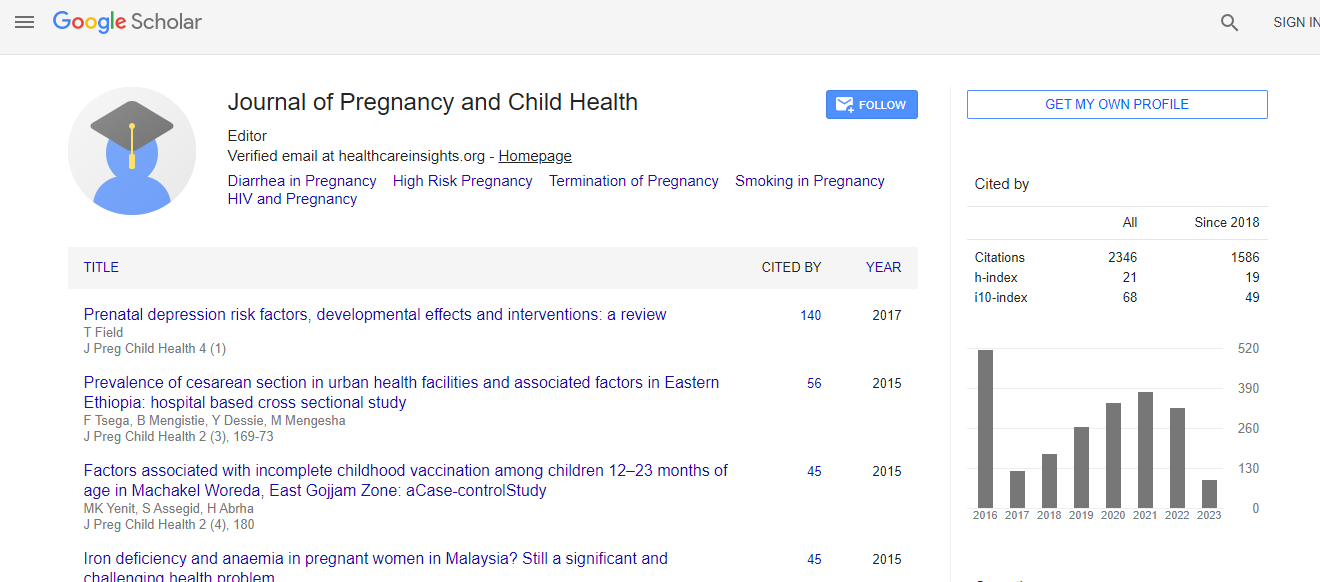Research Article
Long-Chain Polyunsaturated Fatty Acids in Breast-Milk and Erythrocytes and Neurodevelopmental Outcomes in Danish Late-Preterm Infants
| Stine Brøndum Andersen1*, Lars I Hellgren2, Mette Krogh Larsen3, Henrik Verder1 and Lotte Lauritzen4 | |
| 1Department of Paediatrics, Holbaek University Hospital, Smedelundsgade, Holbaek, Denmark | |
| 2Centre for Biological Sequence Analysis, Department of Systems Biology, Technical University of Denmark, Søltofts Plads bygning, Lyngby, Denmark | |
| 3Department of Food Science, AU Foulum, Aarhus University, Blichers Allé 20, Tjele, Denmark | |
| 4Department of Nutrition, Exercise and Sports, University of Copenhagen, Rolighedsvej, Frederiksberg C, Denmark | |
| Corresponding Author : | Stine Brøndum Andersen Department of Paediatrics Holbaek University Hospital Smedelundsgade 60, DK-4300 Holbaek Tel: +45 20254583 E-mail: sjoense@gmail.com |
| Received: February 13, 2015; Accepted: May 01, 2015; Published: May 06, 2015 | |
| Citation: Andersen SB, Hellgren LI, Larsen MK, Verder H, Lauritzen L (2015) Long-Chain Polyunsaturated Fatty Acids in Breast-Milk and Erythrocytes and Neurodevelopmental Outcomes in Danish Late-Preterm Infants. J Preg Child Health 2:160. doi: 10.4172/2376-127X.1000160 | |
| Copyright: © 2015 Andersen SB, et al. This is an open-access article distributed under the terms of the Creative Commons Attribution License, which permits unrestricted use, distribution, and reproduction in any medium, provided the original author and source are credited. | |
Abstract
Background: The supply of long-chain polyunsaturated fatty acids (LC-PUFA) during pregnancy and early lactation has been shown to affect cognitive development in preterm infants, but the effect on early neurodevelopment of late-preterm infants has not yet been examined.
Aim: To examine the fatty acid composition of late-preterm human milk and identify possible associations between infant LC-PUFA status and perinatal as well as 1-year neurobehavioral outcomes.
Methods: Mother’s milk and erythrocytes (RBC) were sampled from 53 Danish late-preterm infants (33-36 weeks of gestation) 1 week and 1 month after delivery, and 3 months corrected age. Fatty acid composition was determined by gas-liquid chromatography. Neurodevelopmental outcomes were assessed by the Nicu Network Neurobehavioral Scale (NNNS) at 1 week and 1 month and the Bayley Scales (BSID-III) at 1 year corrected age.
Results: We found that breast-milk content of arachidonic acid (AA) and docosahexaenoic acid (DHA) was similar to reported fatty acid compositions of term human milk. Infant RBC-AA decreased from 1 week to 1 month of age and the size of the decrease was associated with better NNNS-scores at 1 month, specifically on regulation (p=0.03). Infant RBC-AA at 1 month was also associated with a lower 1-year corrected age BSID-III score of receptive language (p=0.05) and fine motor development (p=0.03). Infant RBC-DHA did not decrease significantly after delivery and was not associated with any of the developmental outcomes.
Conclusion: Breast-milk LC-PUFA content was reflected in the RBC LC-PUFA status of the infant. Early RBC-AA status was associated with both early and long-term neurobehavioral development, but not in a consistent way.

 Spanish
Spanish  Chinese
Chinese  Russian
Russian  German
German  French
French  Japanese
Japanese  Portuguese
Portuguese  Hindi
Hindi 
